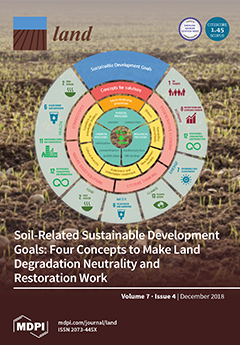Understanding the Biodiversity Contributions of Small Protected Areas Presents Many Challenges
Small protected areas dominate some databases and are common features of landscapes, yet their accumulated contributions to biodiversity conservation are not well known. Small areas may contribute to global biodiversity conservation through matrix habitat improvement, connectivity, and preservation of localized ecosystems, but there is relatively little literature regarding this. We review one database showing that the average size of nearly 200,000 protected areas in the United States is ~2000 ha and the median is ~20 ha, and that small areas are by far the most frequent.






